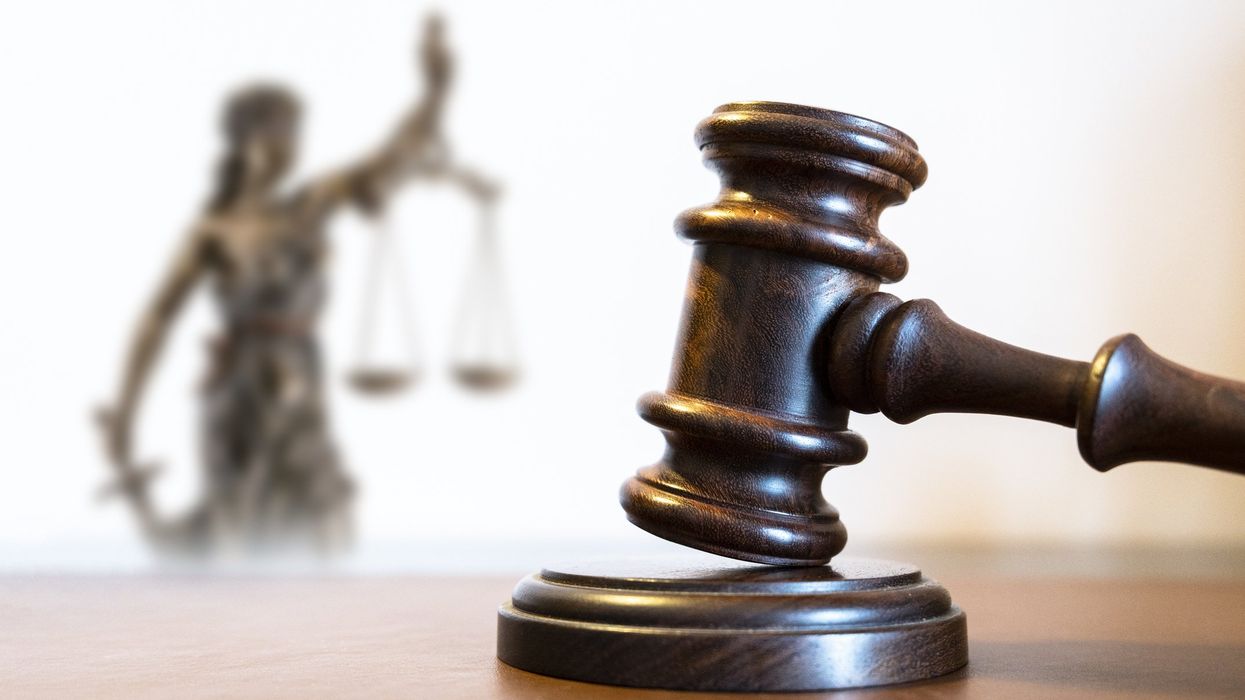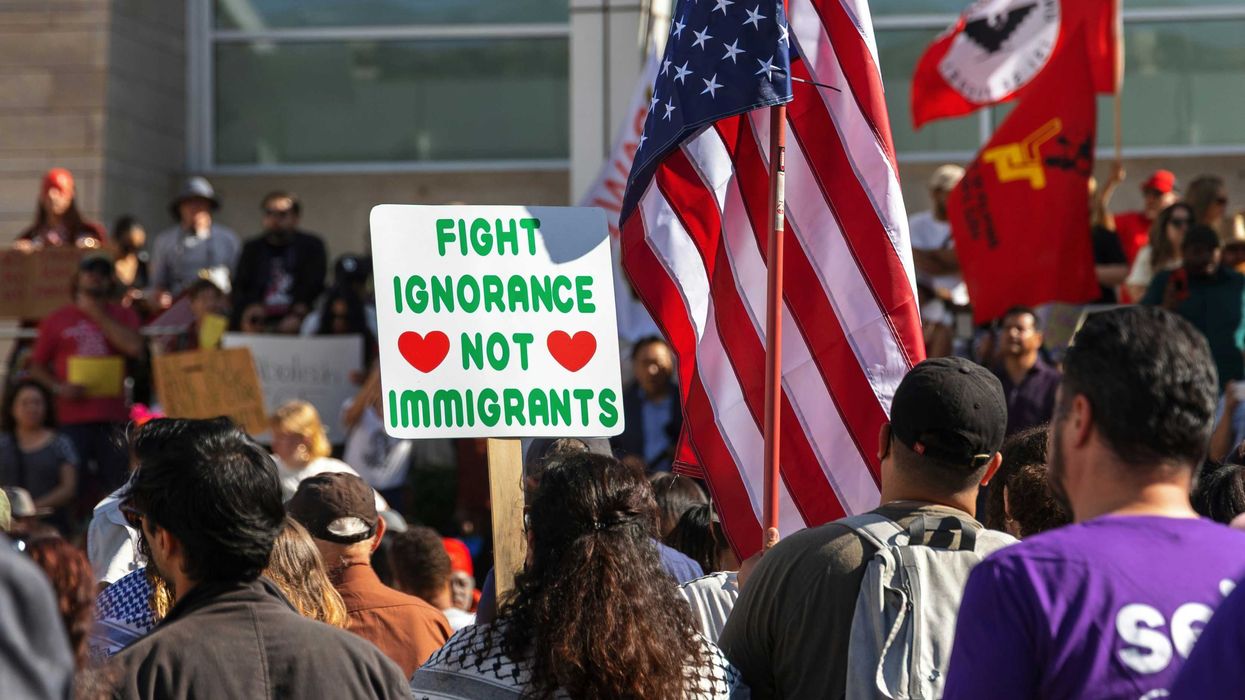Tuesday, February 25, was a good day for Richard Glossip and the American people. On that day, the Supreme Court ordered a new trial for Glossip, who has been on Oklahoma’s death row since 1998. It also showed that even a MAGA-friendly court would still defend the rule of law when official misconduct was sufficiently egregious.
As CNN notes, “The Glossip case is arguably the highest-profile death penalty case to reach the court in years.” The decision was a surprise given the Court’s previous enthusiastic defense of death sentences and its willingness to turn the other cheek when confronted with cases in which public officials pushed to and beyond the limits of legality.
Still, some might be tempted to dismiss the significance of the Glossip ruling because of its seemingly unique characteristics. But in today’s environment where the viability of constitutional guardrails is being questioned, the Court sent a signal that there are still lines that public officials should not cross and kinds of behavior it will not tolerate.
As I have said previously, in that environment, we should celebrate even small victories for the rule of law.
When President Trump says, “He who saves his country violates no law,” he expresses the “ends justify the means” mentality that today challenges or re-orients legality. That mentality helps explain why he thinks he can do what needs to be done and that necessity is the touchstone of legality.
Recall the claim made in 2022 by Rusell Vought, the newly installed Director of the Office of Management and Budget, “We are living in a post-Constitutional time.” As he explains what it means to live in “a post-Constitutional time,” Vought observes: “Our constitutional institutions, understandings, and practices have all been transformed, over decades, away from the words on the paper into a new arrangement—a new regime if you will—that pays only lip service to the old Constitution.”
Vought argues that the Left has waged a successful “slow-moving revolution.” The result is that “the Constitution we live under is not the one that our Founders gave us, and the Left understands this.”
The Constitution we live under now favors what Vought calls “the permanent ruling class in a capital city divorced from the everyday concerns and wishes of the American people themselves….The scary part is that this regime is now increasingly arrayed against the American people. It is both woke and weaponized.”
Vought calls on “dissidents of the current regime” to do the work of “envisioning, articulating, and defending what a Radical Constitutionalism requires in the late hour that our country finds itself in, and then to do it.”
The “late hour” is the key phrase here. It anticipates the president’s portrait of himself as the country’s savior.
Respecting the rule of law is not what saviors do.
As political theorist Michael Walzer explains, political messianism is the readiness to ‘force the End’…to act politically for ultimate purposes….” They “take deliverance into their own hands…and effectively rule out the requirements of morality and prudence. When the stakes are this high, it is implausible to demand any sort of restraint.”
So what does this messianic attitude have to do with Richard Glossip and the Supreme Court?
Glossip was convicted and sentenced to death for arranging the murder of his boss at the Oklahoma City motel where he worked. He allegedly enlisted a man named Justin Sneed to kill his boss, which Sneed did using a baseball bat to bludgeon him to death.
A horrible, gruesome crime demands a response. The state must provide one.
In the Glossip case, that meant doing what was necessary to convict him and Sneed. It required using Sneed to provide the key testimony implicating Glossip.
It turns out that the testimony Sneed provided was riddled with lies. That in itself would have been a reason to doubt the reliability of Glossip’s conviction.
But for Justice Sonya Sotomayor, who wrote the majority opinion for the Supreme Court, a more serious problem was that “the prosecution knew Sneed’s statements were false as he testified to them.” Sotomayor branded that prosecutorial misconduct.
Writing in the SCOTUS Blog, Amy Howe summarizes Sotomayor’s position this way: “Under the Supreme Court’s 1959 ruling in Napue v. Illinois… prosecutors violate the Constitution when they knowingly obtain a conviction using false evidence – either by soliciting false testimony or allowing false testimony to stand without correcting it.”
“When that happens,” Howe notes, “the defendant is entitled to a new trial if there is a reasonable chance that the false testimony could have affected the jury’s decision.”
And that is what the Court ordered for Richard Glossip.
Prosecutorial misconduct of the kind that occurred in Glossip’s case is a recurring problem in death cases across the country. And, as the Death Penalty Information Center reports, “a sizable portion of all death sentences that have been imposed since 1972 have been overturned because of prosecutorial misconduct.”
Add the Glossip case to that list.
There are many reasons prosecutors might skirt the law in their quest to obtain convictions in death cases. Among them are the public pressure to hold someone responsible for a gruesome crime, professional incentives, and personal ambition.
But the one I’d like to highlight here is the messianism that Walzer describes and President Trump has brought to the Oval Office. Professor Lawrence Marshall captures it when he observes that among prosecutors in capital cases, “there's a feeling that…. It's legitimate to bend the truth sometimes when you were doing it with—' the greater good’--in mind.”
People opposed to the death penalty often ignore or downplay this messianic motivation. And, of course, I cannot know what role it played in the behavior of Richard Glossip’s prosecutors.
But we need to see the world through their eyes to understand what they did in his case.
For the Supreme Court, however, their motivation did not matter. The Court insisted that whatever motivated them, the prosecution in Glossip’s case violated his right to due process. This, as Sotomayor put it, “imposes ‘the responsibility and duty to the correct’ false testimony on’ representatives of the state.’”
Today, many see the current Supreme Court as “lawless” and bemoan its inclination to choose the result it wants to achieve while turning the law into a pretzel to achieve it. That is why it was refreshing to see Chief Justices John Roberts and Justice Brett Kavanaugh join with the Court’s three liberal members in the Glossip case.
While extrapolating from one case or context to another is risky business, the Glossip decision should send a message to prosecutors in capital cases and to the president and Attorney General Pam Bondi. The Court will give you a lot of latitude, but it will have the last word on how you exercise that latitude.
That is what Chief Justice John Marshall envisioned in 1803 when it said it is the job of the Court to “say what the law is.” And that is what constitutional government requires if it is to survive.
Austin Sarat is the William Nelson Cromwell professor of jurisprudence and political science at Amherst College.




















